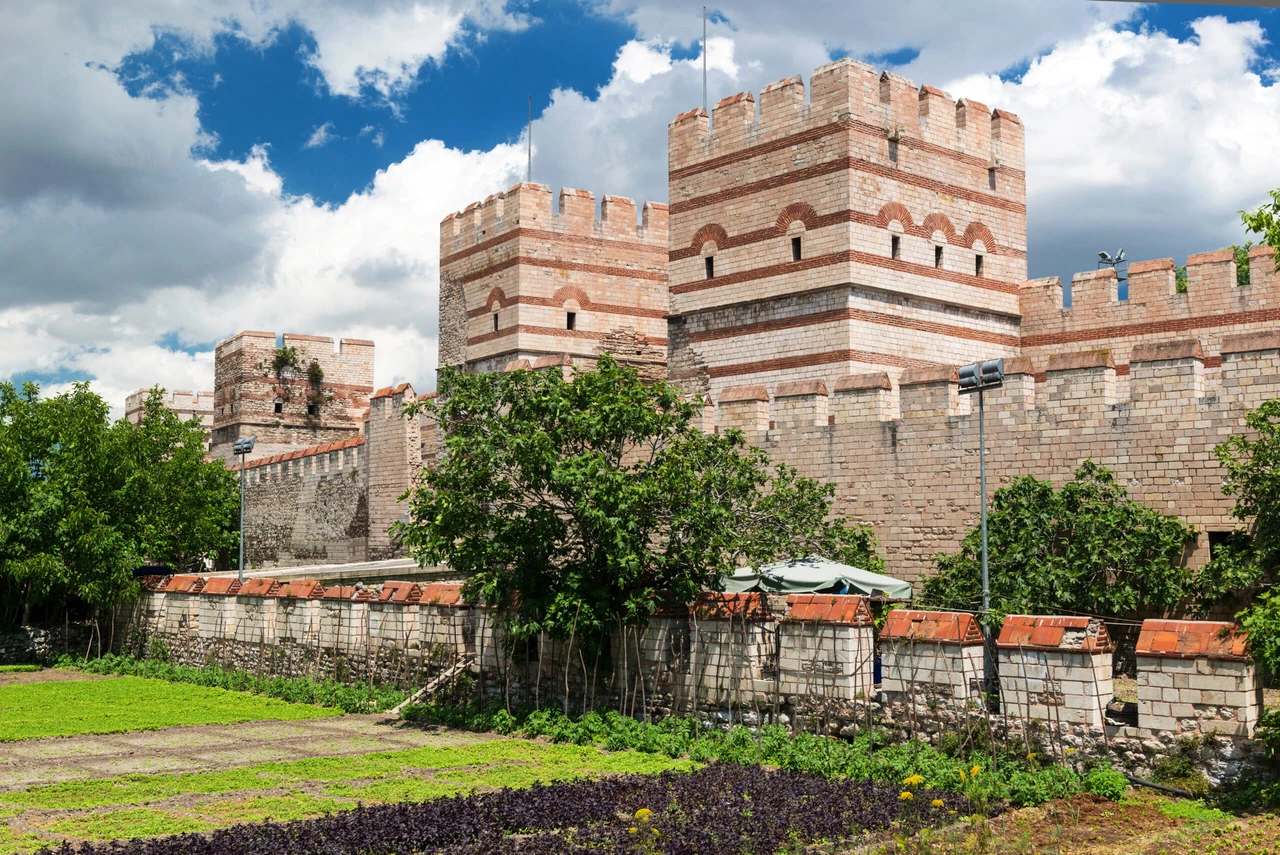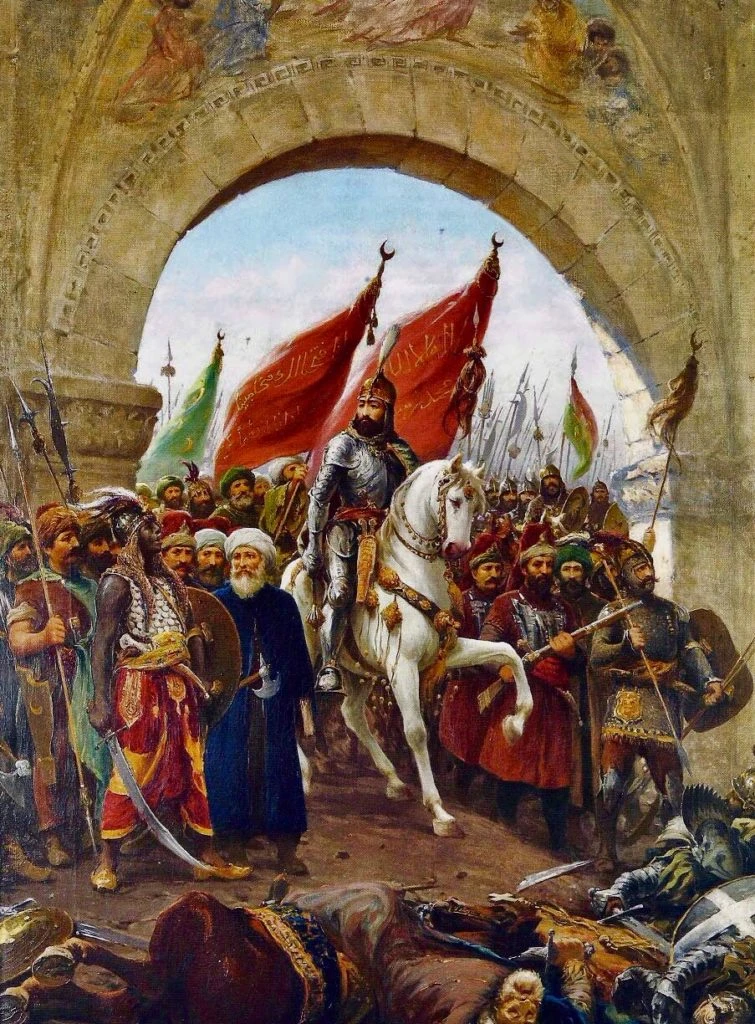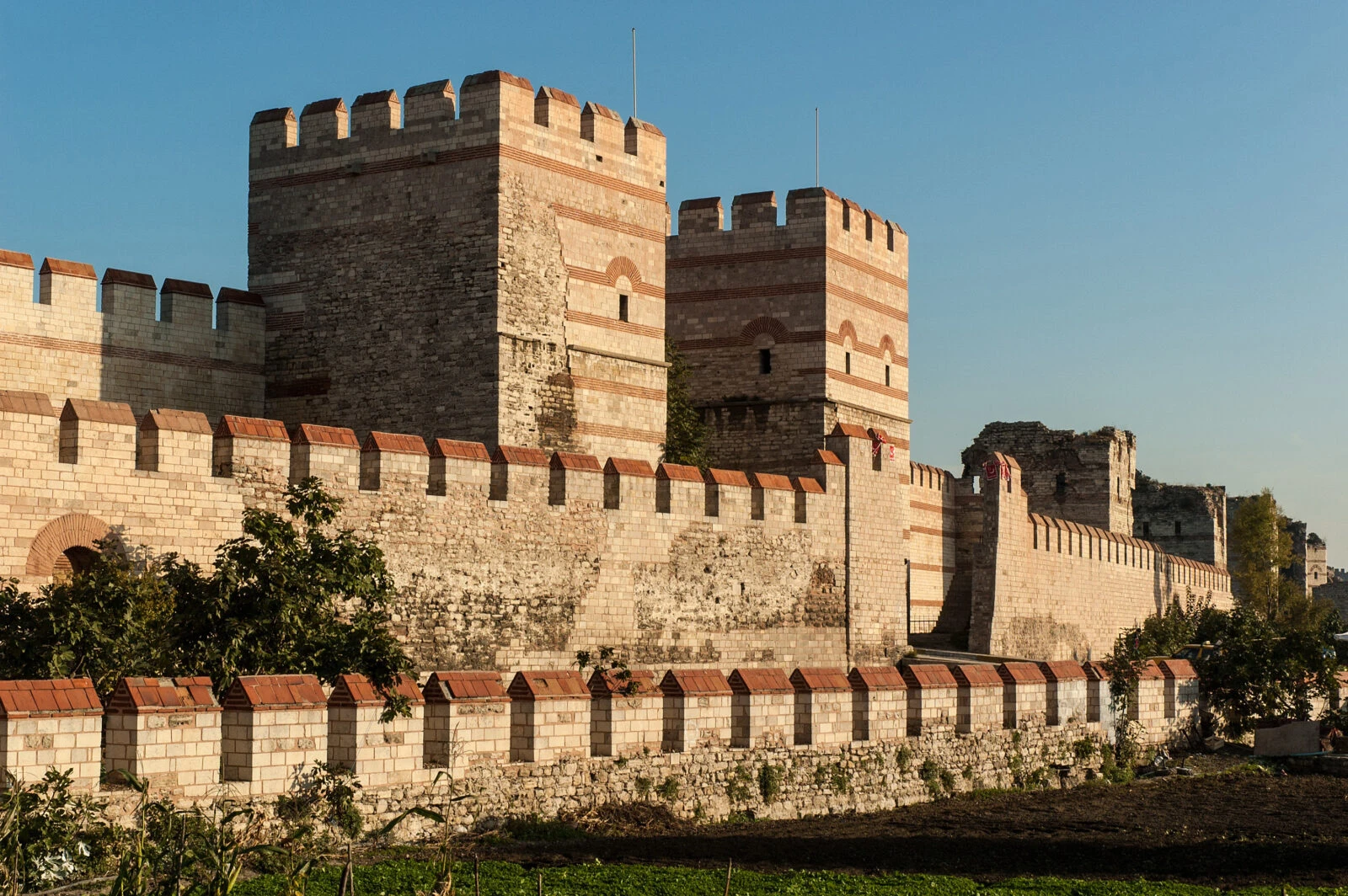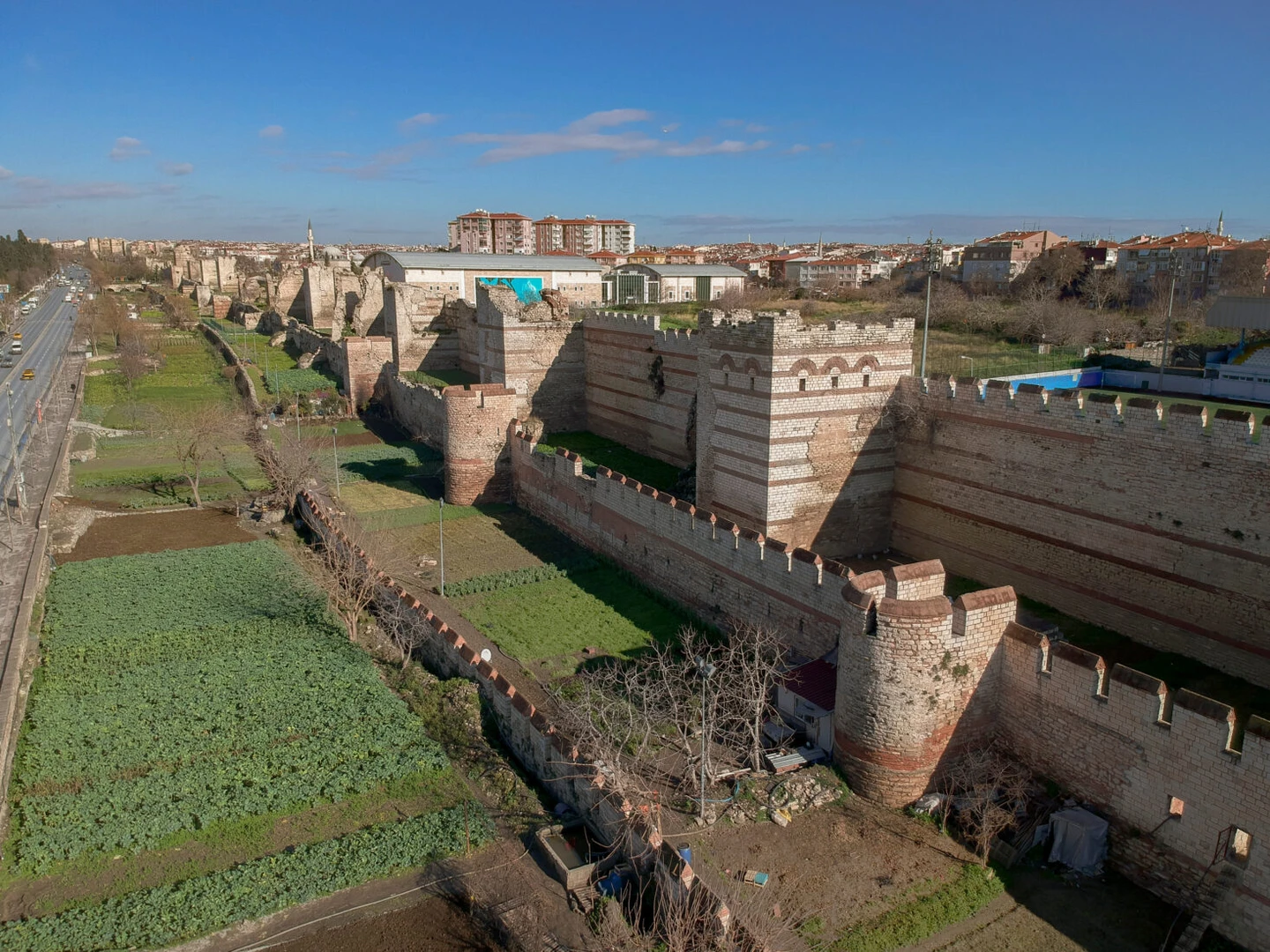Close call for history: Istanbul walls almost sold by auction in 1909
 Famous ancient walls of of Constantinople (Istanbul), Türkiye. (Adobe Stock Photo)
Famous ancient walls of of Constantinople (Istanbul), Türkiye. (Adobe Stock Photo)
The Istanbul walls, a symbol of the city’s rich and turbulent history, have been renovated and restored countless times over the centuries. Originally constructed under the rule of Byzantine Emperor Theodosius II, these historic fortifications were later reinforced and repaired during the Ottoman era.
Surprisingly, in 1909, there were serious discussions about selling parts of these ancient walls by auction, a move that was ultimately prevented thanks to the intervention of historians and museum officials.

Repair of Istanbul walls
The walls protected Istanbul from external attacks throughout history. During the Ottoman sieges before Sultan Mehmed II (Mehmed the Conqueror), the walls could not be breached. Mehmed II prepared for years to overcome the walls. Shortly after the completion of Rumeli Hisari (the Fortress of Europe), he suddenly appeared before the city walls with a force of 30,000 men and conducted inspections for three days. After the reconnaissance, the Sultan read books on siege tactics and made siege plans.
Following the preparations, the city was besieged. During the siege of Istanbul, the Byzantines closed the breaches opened by cannon fire and filled the destroyed parts of the walls with barrels, soil, and other materials. The Turks, with great courage, used hooks to pull down the barrels placed on the ruined walls, trying to reopen the breaches. At the end of the 54-day siege, on May 29, 1453, Fatih’s soldiers entered the city by fighting near Topkapi (Cannon Gate).

Indeed, this area was named Top Yikdugu Mahallesi (Neighborhood where the cannon fell) after the conquest due to the destruction the walls had suffered. Moreover, during the repairs after the conquest, a breach near Topkapi, approximately 25 meters high and 17 meters wide, was also repaired. The city walls had been devastated during the siege.
After the conquest, Karisdiran Suleyman Bey and Hizir Celebi, the first qadi (judge) of Istanbul, were tasked with repairing the walls. With the repairs carried out, the walls were restored to their former state. However, earthquakes would frequently damage the Istanbul walls during the Ottoman period.

Ruined walls became gates
The Istanbul walls that were damaged during the Ottoman period were frequently repaired. In 1800, while Sultan Selim III was entering the city in disguise through a fortress gate, he saw some people going in and out through the ruined parts of the walls. Stating that this situation was inappropriate and that customs goods could also be smuggled through these areas, he ordered that the ruined parts of the walls be surveyed by an architect and repaired.
An interesting method was followed to prevent the destruction of the sea walls by waves. Stones were poured in front of the sea walls to reduce the impact of the waves. For this purpose, each ship would bring five large stones weighing hundreds of kilograms. The stones would be placed in the necessary locations through the sehremini (city administrator) and the chief architect.

The Istanbul walls for sale
During the Second Constitutional Era, in 1909, it was considered to sell the walls to generate resources for the army’s needs. The parts of the walls that were not ancient artifacts were to be sold by auction to interested antique enthusiasts. The construction costs of the buildings to be built in the first and third armies would also be covered by the income from this sale. However, when this issue came up, it was debated whether all parts of the walls were asar-i atika (ancient artifacts).
The Directorate of the Imperial Museums (Muze-i Humayun Mudurlugu) expressed the opinion that all parts of the walls had extraordinary historical importance and therefore should be preserved and left in their original form, and that it was not permissible to demolish any part of them. Thanks to the strong opposition of the museum, the walls were saved. Instead of demolishing and selling the walls, it was decided to repair and preserve the necessary parts.

Walls and earthquakes
In the 1509 earthquake, 49 of the towers on the Istanbul walls were either destroyed or severely damaged. Buildings and walls that did not collapse in the earthquake but posed a risk of collapse continued to cause fearful days for the people around them. During the reconstruction activities after the earthquake, the city walls, bridges, the ruined parts of Rumeli and Anadolu Hisari fortresses, the Maiden’s Tower, houses, mosques, madrasahs (religious schools), caravanserais, and fountains were either rebuilt from scratch or repaired. The walls were also affected by the earthquakes of 1556 and 1690.
The earthquake of May 25, 1719, caused damage in some areas of Istanbul, although not as much as in Izmit. The damage to the walls in Istanbul was extensive. 27 towers on the walls had collapsed. In the 1754 earthquake, one of the towers of Yedikule (the Fortress of Seven Towers) collapsed. In the 1766 earthquake, the city walls were also affected, and collapses occurred in places. The collapse of the walls caused damage to adjacent or nearby buildings such as houses, shops, and mills.
The city walls were also devastated in the 1894 earthquake.



